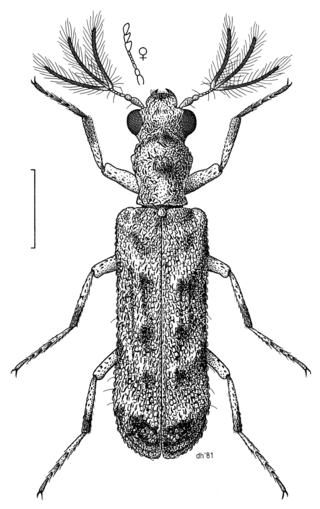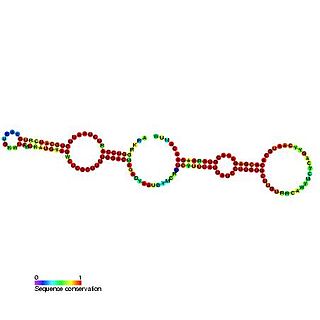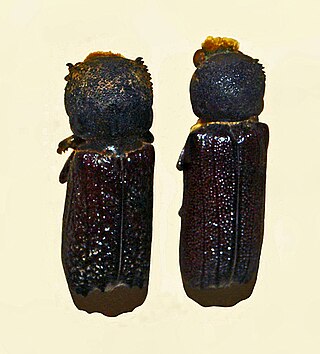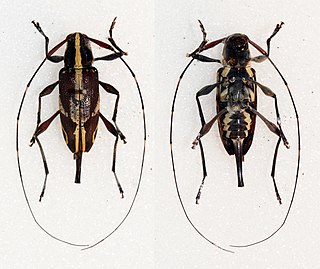
Clozapine is the first atypical antipsychotic medication to have been discovered. It is usually used in tablet or liquid form for people diagnosed with schizophrenia who have had an inadequate response to other antipsychotics or who have been unable to tolerate other drugs due to extrapyramidal side effects. It is also used for the treatment of psychosis in Parkinson's disease. In the US it is also licensed for use in patients with recurrent suicidal behaviour associated with schizophrenia or schizoaffective disorder. It is regarded as the gold-standard treatment when other medication has been insufficiently effective and its use is recommended by multiple international treatment guidelines. Compared to other antipsychotic drug treatments, initiating and maintaining clozapine is complex, expensive and time-consuming. The role of clozapine in treatment-resistant schizophrenia was established by the Clozaril Collaborative Study Group Study #30 in which clozapine showed marked benefits compared to chlorpromazine in a group of patients with protracted psychosis and who had already shown an inadequate response to other antipsychotics. There are a range of different adverse effects and compulsory blood monitoring is required in most developed countries. Whilst there are significant side effects, clozapine remains the most effective treatment when one or more other antipsychotics have had an inadequate response, and clozapine use is associated with multiple improved outcomes including all cause mortality, suicide and reduced hospitalisation. In a network comparative meta-analysis of 15 antipsychotic drugs, clozapine was significantly more effective than all other drugs. Surveys of patient satisfaction show preference over other antipsychotics.

Hugh III was Duke of Burgundy between 1162 and 1192. As duke, Burgundy was invaded by King Philip II and Hugh was forced to sue for peace. Hugh then joined the Third Crusade, distinguishing himself at Arsuf and Acre, where he died in 1192.
The Cognition and Brain Sciences Unit is a branch of the UK Medical Research Council, based in Cambridge, England. The CBSU is a centre for cognitive neuroscience, with a mission to improve human health by understanding and enhancing cognition and behaviour in health, disease and disorder. It is one of the largest and most long-lasting contributors to the development of psychological theory and practice.

Ctenolepisma is a genus of primitive insects in the order Zygentoma, closely related to the silverfish and firebrat but less reliant on human habitation, some species being found both indoors and outdoors and some found exclusively outdoors. The genus is distributed nearly worldwide in warm regions. Australia lacks native Ctenolepisma, but is home to introduced species.

The Bostrichidae are a family of beetles with more than 700 described species. They are commonly called auger beetles, false powderpost beetles, or horned powderpost beetles. The head of most auger beetles cannot be seen from above, as it is downwardly directed and hidden by the thorax. Exceptions are the powderpost beetles, and members of the subfamily Psoinae.

In molecular biology, Small nucleolar RNA psi28S-1192 is a non-coding RNA (ncRNA) molecule which functions in the biogenesis (modification) of other small nuclear RNAs (snRNAs). This type of modifying RNA is located in the nucleolus of the eukaryotic cell which is a major site of snRNA biogenesis. It is known as a small nucleolar RNA (snoRNA) and also often referred to as a 'guide RNA'.

Mebanazine is a monoamine oxidase inhibitor (MAOI) of the hydrazine chemical class that was previously used as an antidepressant in the 1960s, but has since been withdrawn due to hepatotoxicity.
Sphaeroma terebrans is a mangrove-boring isopod that was first documented in the United States as early as 1897. It is 8–10 millimetres (0.31–0.39 in) long, and is thought to have been introduced by wooden-hulled ships. The isopod is found throughout the Gulf of Mexico mainly in mangrove swamps of Louisiana and Florida. S. terebrans will also bore into boats, wooden pilings and other wooden structures.
Coleophora terebrans is a moth of the family Coleophoridae. It is found in the Democratic Republic of Congo.

Gornji Dušnik is a village situated in Gadžin Han municipality in Serbia.

Apate terebrans, common names shot-hole borer or trunk borer or girdler, is a species of horned powder-post beetles belonging to the family Bostrichidae.

Toronaeus is a genus of beetles in the family Cerambycidae, containing the following species:

German submarine U-1192 was a Type VIIC U-boat of Nazi Germany's Kriegsmarine during World War II.

Rhizophagus grandis is a species of predatory beetle in the family Monotomidae. R. grandis is a specialist predator on the larvae of the great spruce bark beetle, a pest of spruce trees (Picea), and is found in Eurasian forests where its prey is found.

Dendroctonus terebrans, the black turpentine beetle, is a species of bark beetle native to the eastern United States. Its larvae tunnel under the bark of pine trees, weakening and sometimes killing the trees.
Ctenolepisma terebrans is a species of silverfish in the family Lepismatidae.
Limneriini is a tribe of ichneumon wasps in the subfamily Campopleginae.

NGC 1192 is a lenticular galaxy approximately 417 million light-years away from Earth in the constellation of Eridanus. It was discovered by American astronomer Francis Leavenworth on December 2, 1885 with the 26" refractor at Leander McCormick Observatory.
Eriborus is a genus of parasitoid wasps belonging to the family Ichneumonidae.












